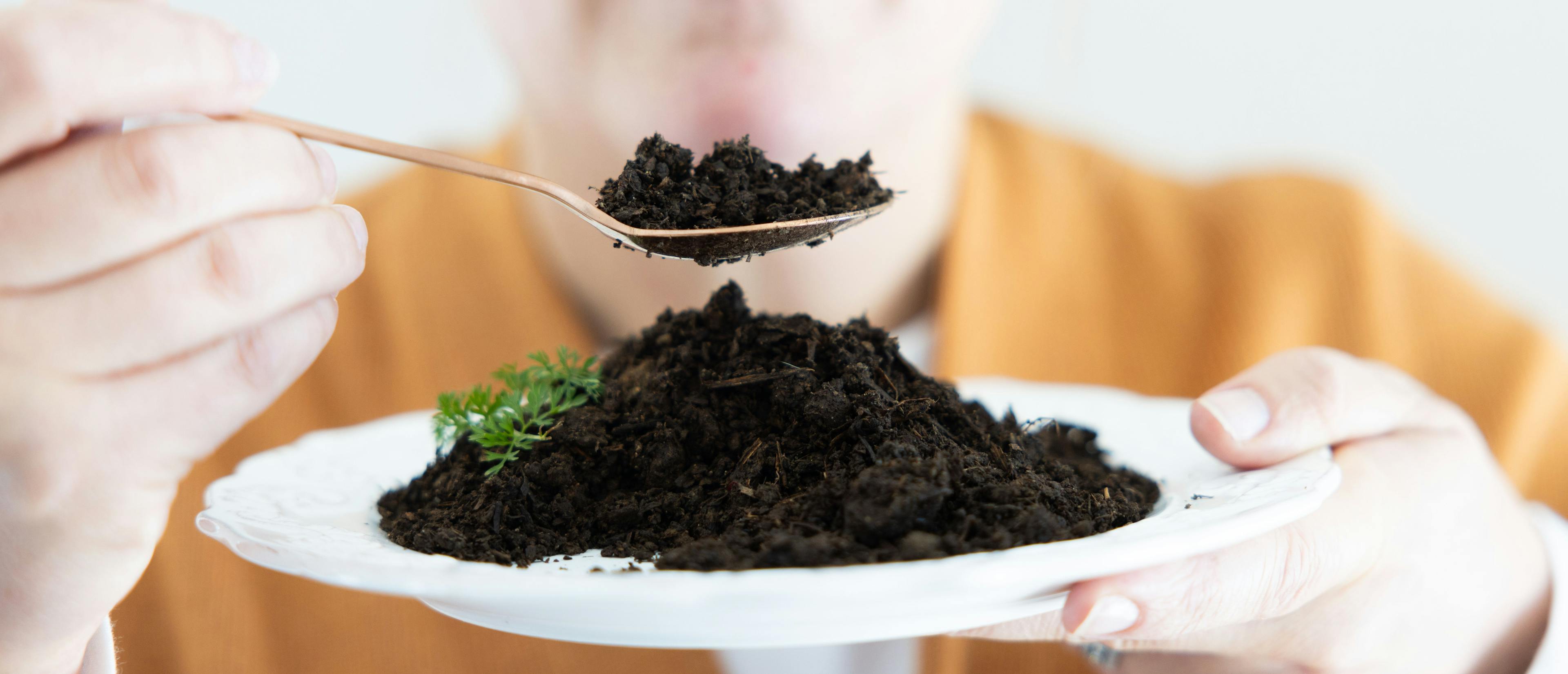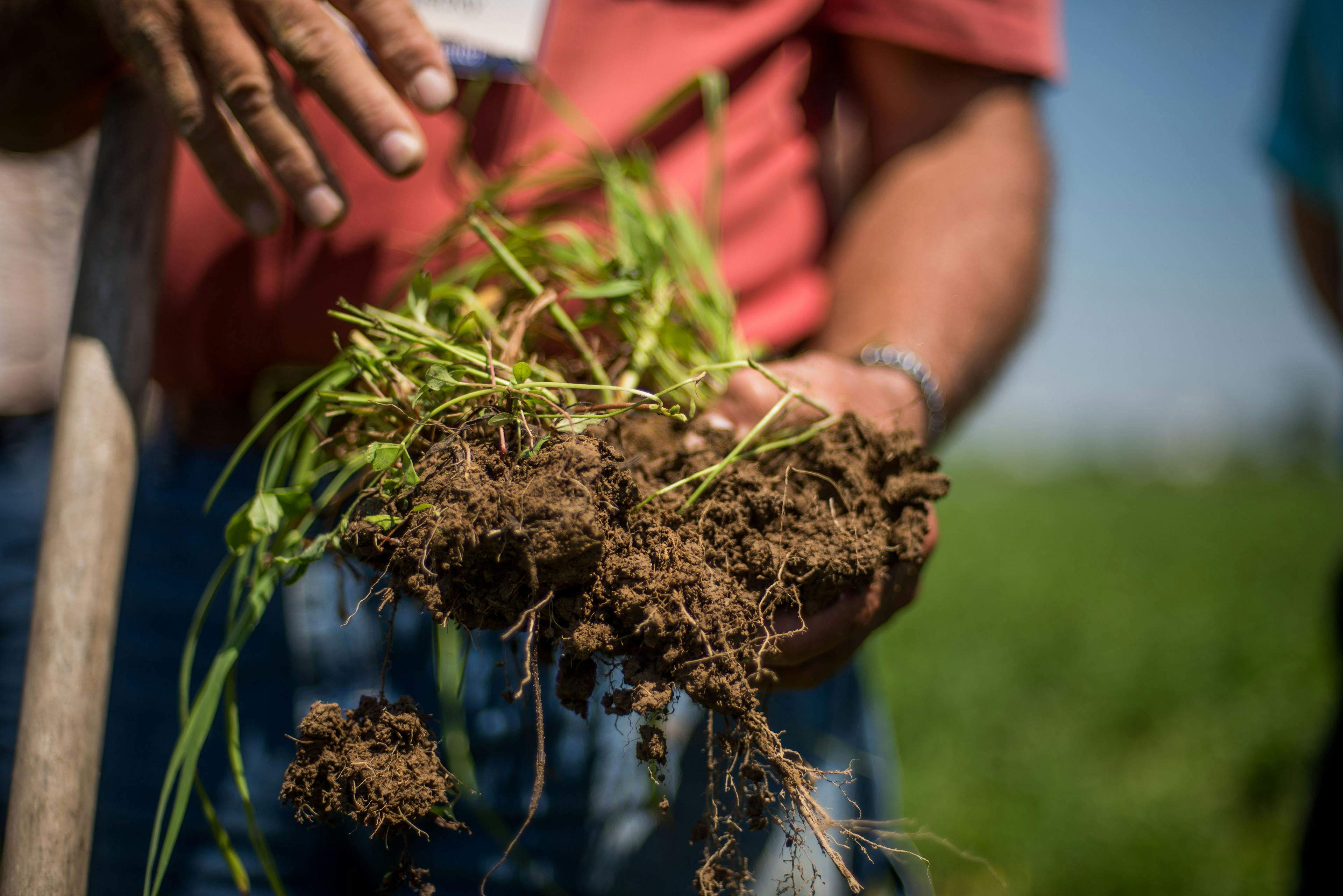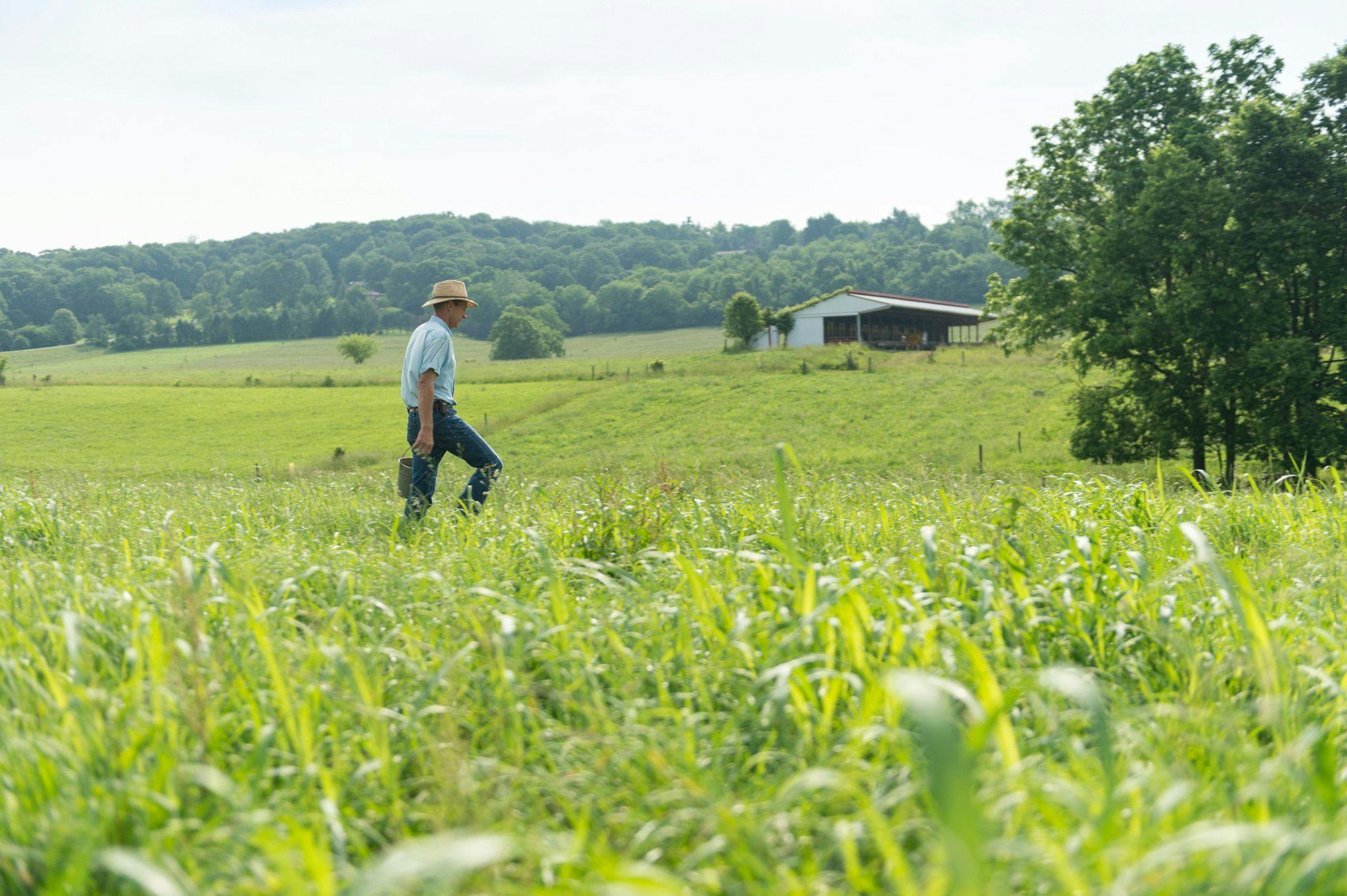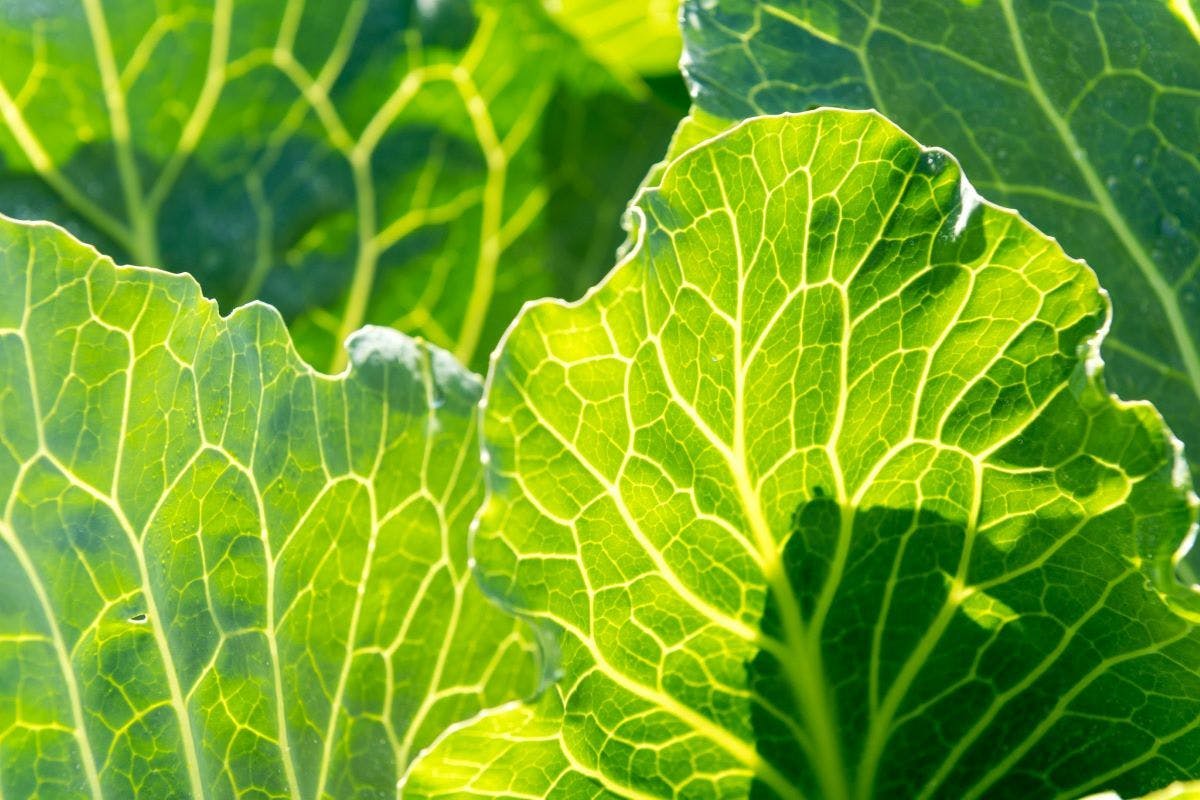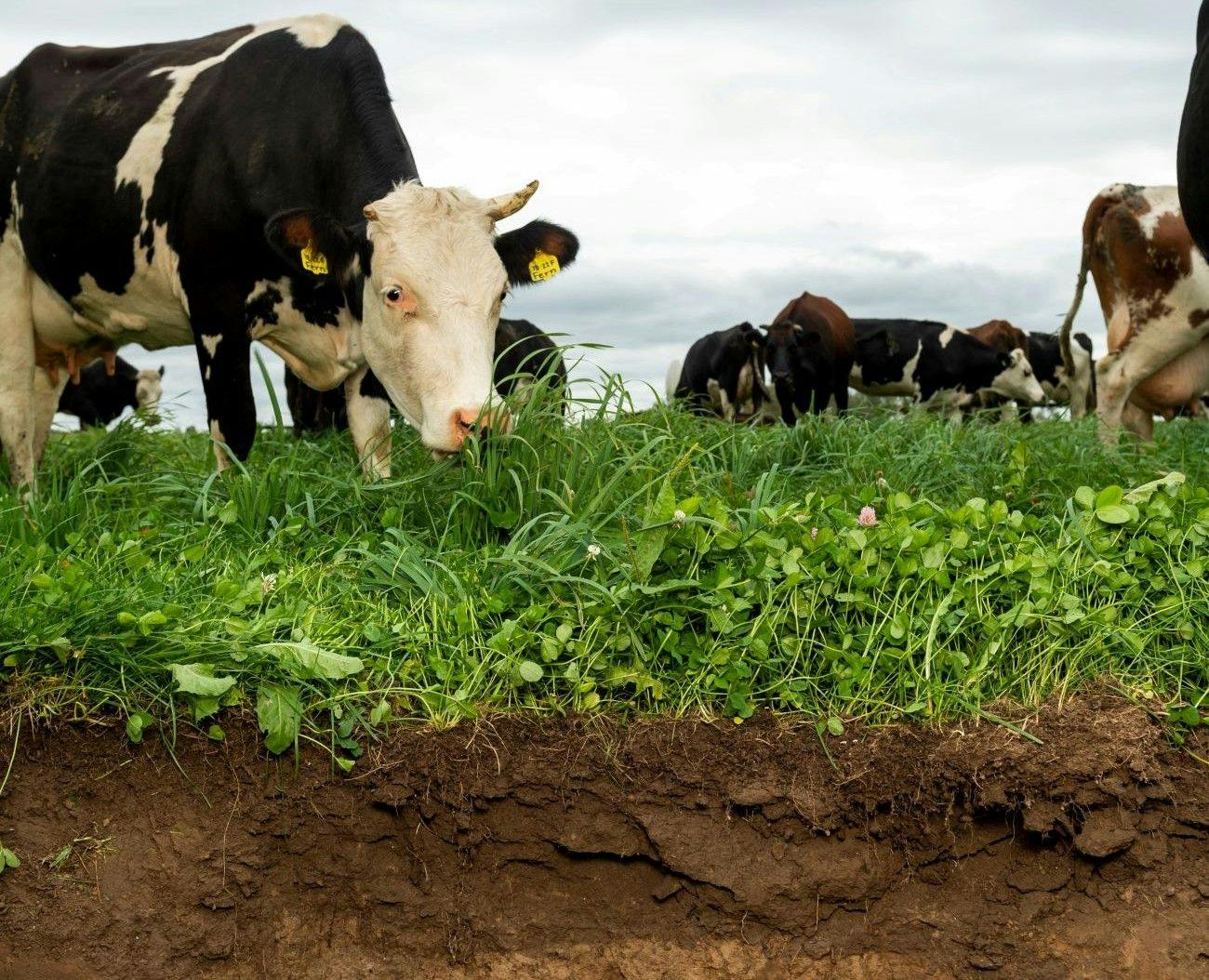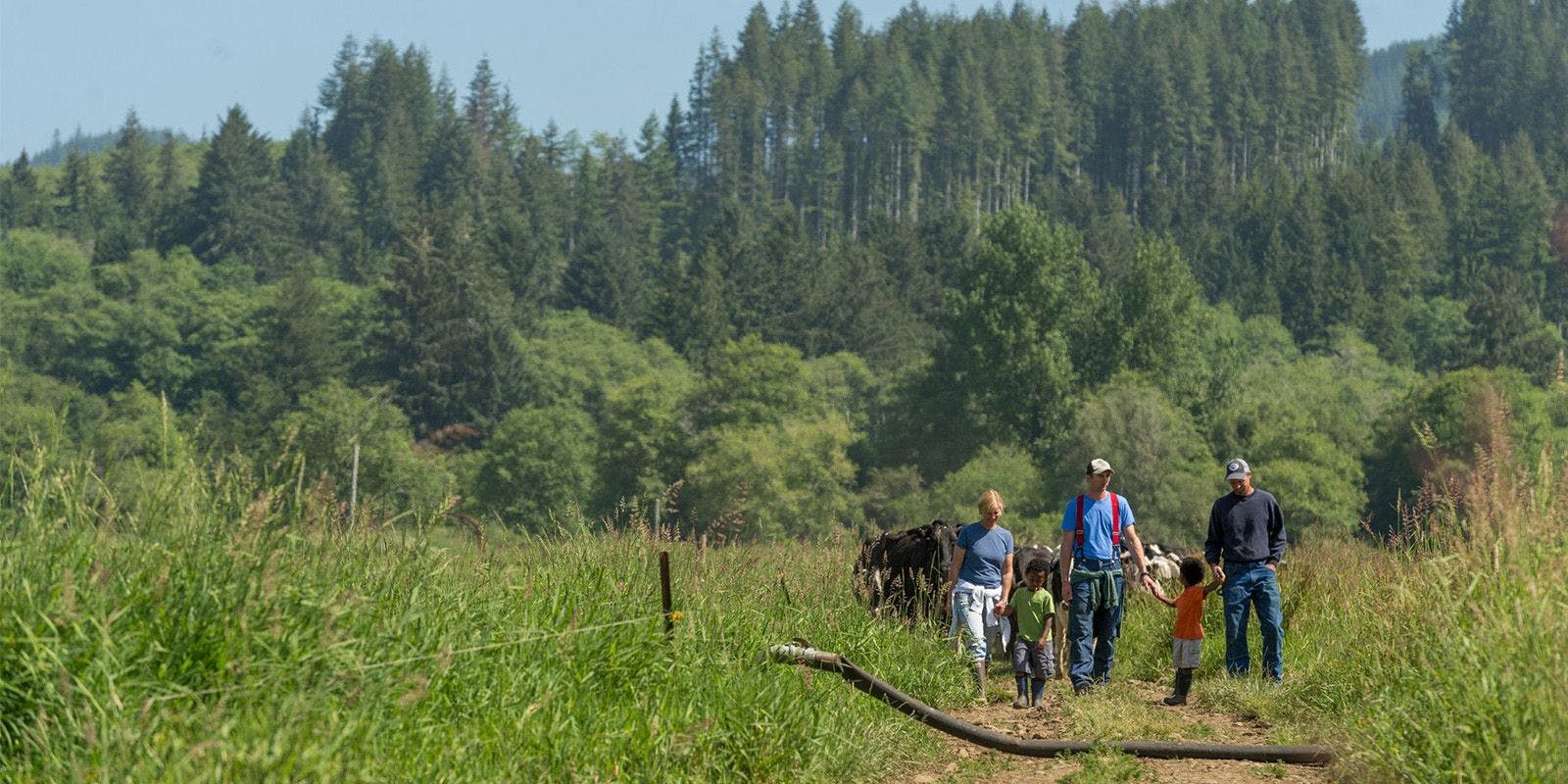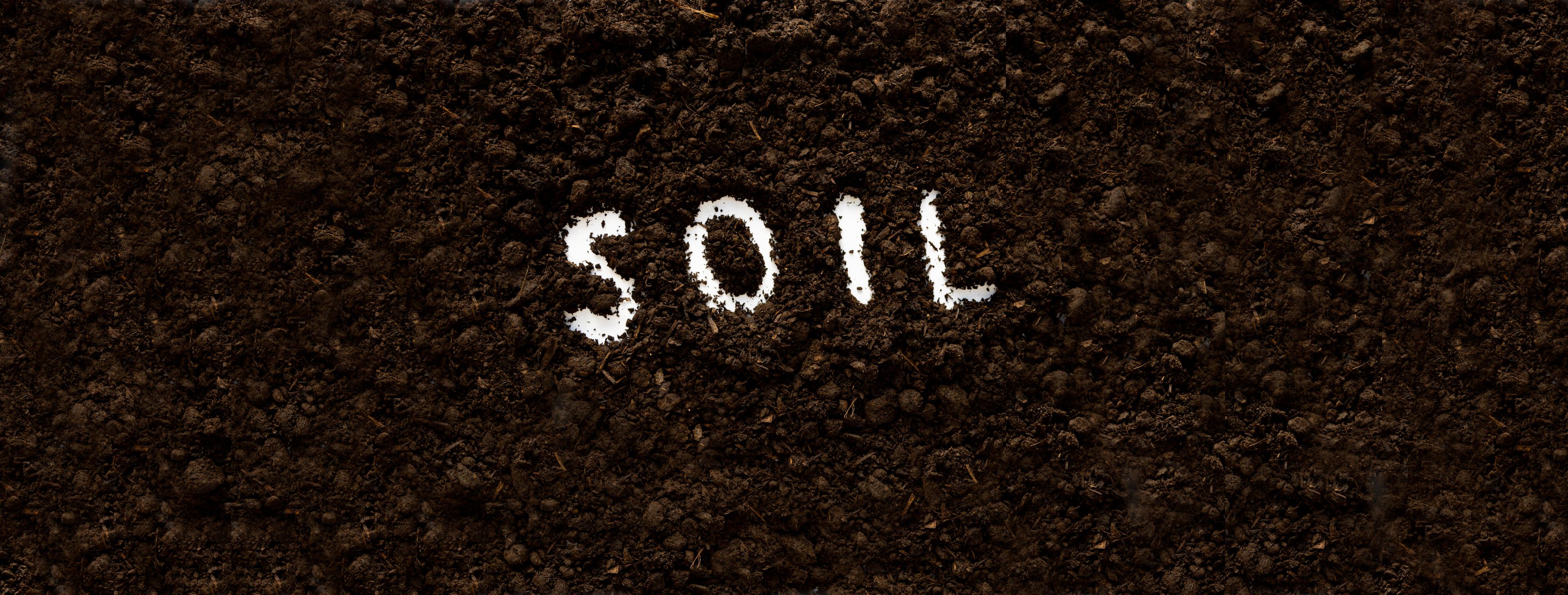
Organic
A Salute to Soil on World Soil Day
"There can be no life without soil and no soil without life. They have evolved together.”
Charles Kellogg, naturalist
Take a walk outside. Breathe some fresh air and look around. You may notice the canopy of trees in your neighborhood, the vastness of the sky or a tall building.
But how often do you think about the complex world of soil just beneath your feet?
Soil is crucial in restoring ecosystems, increasing biodiversity and improving water quality. It also helps prevent global warming and reduces greenhouse gases.
“Soil, water and sunshine — without these, there’s no life, let alone food and grocery stores,” said Shayan Ghajar, assistant professor of Crop and Soil Science at Oregon State University.
“Whatever goes into the soil can end up in our bodies, which is one of the many reasons treating soils well is a matter of self-respect and respect for others.”
Organic dairy farmers can be considered soil farmers since they grow a healthy pasture ecosystem with roots beneath the surface. It’s that soil — the nutrients, the plant roots, the microbes, the worms, the organic matter — that ultimately grows those healthy forages that, in turn, support healthy cows and quality milk production. Organic Valley farmers are passionate about soil health.
The thousands of acres of pastureland on our organic farms — from Maine to Washington — are home to a dazzling array of living forages. They contain an assortment of grasses, legumes, chicory, plantain, clover, ryegrass and more.
Right below the surface is a world teeming with life.
Let’s look deeper into how soil health affects the quality of the food we eat and the health of our planet.
What Is Soil?
Soil is a living thing. It is a complex mixture of organic matter, minerals, gasses, liquids and other organisms. Its main function is to provide a place for plants to grow, and it is essential for agriculture and natural ecosystems.
Ghajar said there is often a misconception around defining what soil health means.
“Soil is so variable even within one farm that we mustn’t adopt a one-size-fits-all approach to making it healthy,” he said. “It’s sort of like human health. There are so many variables that we can measure, but a number that can be healthy for one person might indicate a disease in another. And you must diagnose what is unhealthy before you can adopt appropriate remedies.”
On one Wisconsin organic farm, soil is the life force filled with all the nutrients, minerals and capability to grow the high-quality food we need. Organic Valley Grassmilk® farmer Kevin Mahalko plants 30 varieties of grasses and legumes in his pasture, all with varying degrees of root structures that provide diverse nutrients to the cows. The cows give back to the soil that provides their food. Cow manure regenerates the soil providing nutrients essential to soil quality and plant growth.
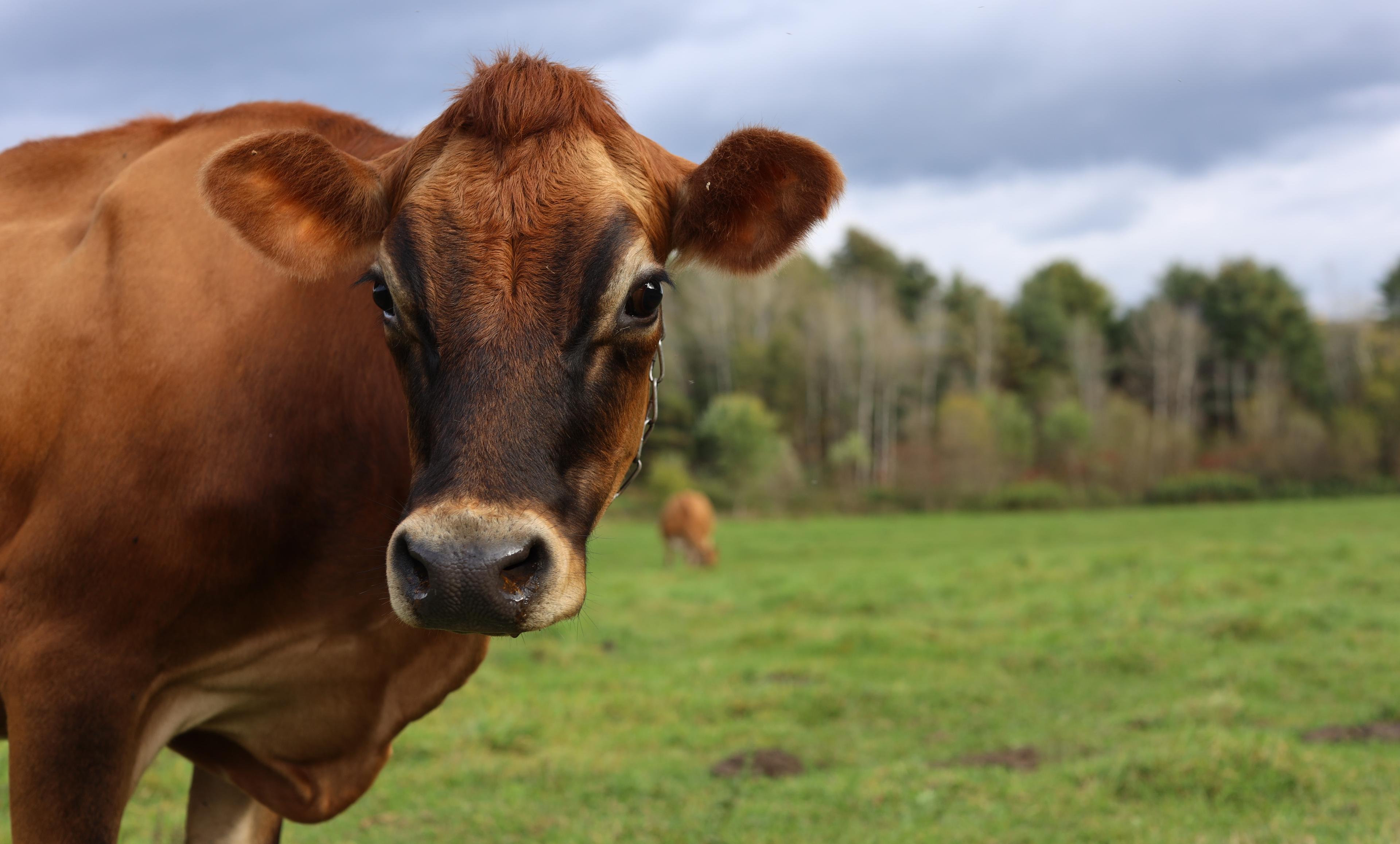
Sittin’ Pretty Farm, Vermont
What Is the Composition of Soil?
Now that we’ve discovered how much life is just under the surface of an Organic Valley pasture, let’s zoom in a bit closer.
Kristin Ohlson, author of “The Soil Will Save Us,” said the most beneficial part of the soil is biological, not physical. Soil is made up of pulverized rock, clay and silt, but the living part of the soil contains the beneficial nutrients.
“The living microorganisms in the soil bring plants what they need from the underground network of plant roots to the fungi attached to the root, which is reaching for nutrients and water that they share with the plant in exchange for the carbon,” she said.
If you could take one little peek into everything happening just below your feet, you would be astonished. It’s a whole world under there!
“Soil is composed of material from living organisms, such as decaying plants, earthworms, insects, bacteria and fungi that build organic matter,” Mahalko said. “Soil does not just keep plants upright; it is a dynamic, living ecosystem that is the foundation for our healthy food system.”
Organic soil comprises a complex mix of minerals, organic matter, water, air, microorganisms, plant roots and inorganic nutrients.
- Inorganic mineral particles make up more than half the volume of the soil. These particles come from rocks and are sorted into sand, silt and clay. Sand particles are the biggest, and clay particles are the smallest.
- Organic matter comes from decaying plants and animals, providing nutrients for plants and improving the soil’s fertility and structure.
- Water is essential for plant growth. Different soil compositions contain varying amounts of water, depending on precipitation, drainage and the soil’s water-holding capacity.
- Soil pores also contain air, which is essential for root respiration and the microorganisms' survival.
- Microorganisms live in the soil, including bacteria, fungi, protozoa and nematodes (tiny roundworms or eelworms).
- Plant roots anchor themselves in the soil and extract nutrients and water necessary for their growth and development.
- Inorganic nutrients in the soil help plant growth and include nitrogen, phosphorus, potassium, calcium and micronutrients such as iron, copper and zinc.
Soil vs. Dirt
Soil is so much more than dirt. The health of soil impacts everything from human health to climate change.
“Soil has an amazing diversity of species in it to the point that we’ve only cracked the surface of identifying them,” Ghajar said. “It’s the source of our food and our lives. Dirt is a word with all the opposite connotations, indicating something low, unclean, filthy, simple and cheap. Nobody who learns about the ground under our feet can see it like that.”
Mahalko said dirt is a nonliving, inert material that lacks the characteristics to support abundant plant life or the ability to sustain ecosystems. It lacks the same ecosystem that healthy soil does and does not have the nutrients needed for most plants to thrive.
“Soil is an entire life support system,” he adds. “If more people, including all farmers, had more contact with their soil, they would appreciate the amount of life in one handful of the dark, rich matter. People need to be more connected to the land.”
What Does Soil Do?
Soil provides a variety of essential services for people and the planet. Soil puts food on our plates, purifies our water, protects us against flooding and combats drought. Most importantly, it is key to tackling climate change as it captures and stores vast amounts of carbon. There is no food security without healthy soil.

Organic Valley farmers discuss pasture management and soil at the Miller farm in Ohio.
Here are a few benefits of healthy soil:
- Soil prevents erosion by supporting a healthy and diverse plant cover. Plant roots bind soil particles together, creating a network that stabilizes the soil. This network of roots helps prevent soil from being washed away by water or blown away by wind. The foraged pasture grasses and legumes act as a physical barrier, reducing the impact of harsh weather on the soil surface.
- Soil helps capture and store carbon by encouraging the buildup of lasting organic carbon, supporting helpful microbes that stabilize carbon and improving processes that shield carbon from breaking down quickly. Following organic farming practices like reducing tillage and planting cover crops are crucial to boost carbon storage in soil.
- Soil nurtures life and growth as a dynamic, living system that forms the foundation for organic farming. Its ability to supply nutrients, retain water, support microbial life and maintain a balanced structure is essential for fostering life and promoting the growth of various organisms, including plants crucial for food production.
Why Is Healthy Soil Important?
According to the National Resources Conservation Service (NRCS), more soil microorganisms exist in a teaspoon of healthy soil than there are people on the earth.
"Millions of species and billions of organisms — bacteria, algae, microscopic insects, earthworms, beetles, ants, mites, fungi and more — represent the greatest concentration of biomass anywhere on the planet," according to the NRCS. “Microbes, which make up only 0.5% of the total soil mass, are the yeasts, algae, protozoa, bacteria, nematodes and fungi that process organic matter into rich, dark, stable humus in the soil."
Organic Valley farmers are making a positive impact in fighting climate change. Plant diversity on foraged pastures pulls carbon dioxide out of the atmosphere and stores carbon deep in the soil to help reduce greenhouse gases.
Mahalko knows that his healthy soil is working to restore ecosystems and sequester carbon.
“The ability to capture carbon in the soil is the most important factor in organic farming,” Mahalko said. “Our organic pastures are sequestering more carbon than any other type of agriculture.”
Organic Valley supports organic agriculture, which builds healthy soil through farming practices that avoid synthetic pesticides and fertilizers while also using innovative practices like cover cropping, crop rotation, composting, conservation tillage and grazing management.
It’s important to ensure proper soil health while minimizing soil erosion from water and wind.
“We do what we can to get a good crop, do everything we can to support the earth and save the soil,” Mahalko said. “There is no more open land to disintegrate. There’s no new land, and we need to take care of what we have.”
What Are the Types of Soil?
Soil is everywhere, but not all soil is alike.
Soil types vary so much that one pasture on one farm can have several soil types.
“Every farm is different, and that makes it hard to generalize,” Ghajar said. “However, when it comes to well-managed dairies, there are some commonalities. Practices like well-managed grazing and careful management of nutrient cycles on a farm can result in soils rich in carbon and teeming with life, with a healthy blend of many types of organisms. Soil like that often has a rich, dark coffee color from the carbon and has a pleasant aroma.”
The types of soil on an organic dairy farm can vary based on factors like location, climate and specific farming practices. However, there are a few common soil types found on Organic Valley dairy farms, including:
- Clay soil has a higher percentage of clay particles and tends to be heavy and compact. It can be fertile and rich in nutrients, and proper management is essential to prevent compaction and improve drainage. It is suitable for certain crops and pastures.
- Sandy soil is a gritty soil type that drains easily and dries out quickly. Sandy soil has larger particles and requires additional organic matter to improve fertility. This type of soil is well-aerated and easy to work with but requires proper irrigation and nutrient management.
- Loam soil is a well-balanced combination of sand, silt and clay. It has good drainage properties while retaining sufficient moisture and nutrients. Loamy soil is fertile and suitable for growing grasses and legumes found in Organic Valley pastures.
Is There a Risk to Our Soil?
Ghajar notes that we are in a precarious era for all natural systems and for the species that depend on them — including us. “Organic dairies have the capacity to be paragons of soil stewardship,” he said.
There are many things he sees organic dairies doing right. The best organic dairy producers are fundamentally “grass farmers” because certified organic operations like Organic Valley graze their cattle on pasture for much of the year.
“Maintaining a perennial ground cover, minimizing off-farm inputs and cycling and recycling nutrients conscientiously are all things I’ve seen many organic dairy producers doing right,” Ghajar said. “Ultimately, soil is the source of both food and income, so working with its processes instead of against them is both economically and ecologically wise.”
Take Charge of Your Soil
Celebrate soil. Today, on World Soil Day, take a moment to be grateful for farmers who are stewarding our organic soil and creating a diverse ecosystem.
Shop local and buy sustainable. By supporting brands like Organic Valley, you are helping build a healthier planet and ecosystem and supporting small family farms that focus on soil health.
Speak up. Advocate for government policies that support organic farming practices. Read more about current farm bill legislation that will play a critical role in shaping our food system. If we are to succeed in tackling the climate emergency, politicians must be part of the solution.
Plant a tree. We can all play a role in reversing climate change by planting trees either individually or as a community. Read more about how one organic farmer, Tucker Gretebeck, planted more than 1,100 trees to reduce carbon emissions directly on his farm.
Advocating for soil is one of many things Organic Valley farmers do to protect where your food comes from. Visit Rootstock later this week for more on one of our favorite subjects, soil. We will dive into soil’s association with senses — touch, smell, taste, sight and sound.
Lisa Hill is a seasoned public relations professional based in Portland, Oregon. With a passion for strategic communication, she specializes in crafting compelling narratives and building strong media relationships. Her expertise spans various industries including sustainable food systems, farm-to-table restaurants and natural grocery.
Related Articles
- Tags:
- land stewardship & conservation,
- soil health & science














